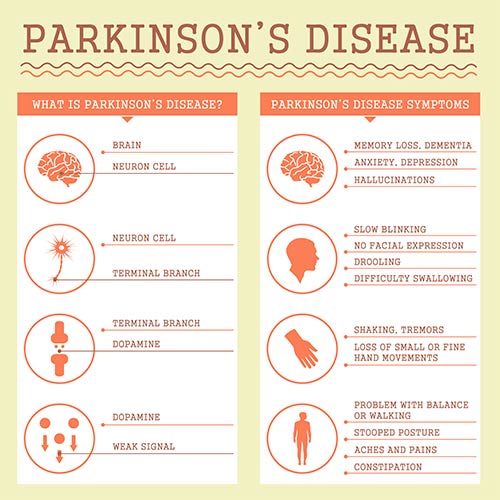
Behavioural research and helping to improve the lives of patients while they are being treated for neurodegenerative conditions is a growing area of medicine. The University’s work in this field encompasses research by a wide range of academics who are looking into a number of different illnesses - including Parkinson’s disease.

Parkinson’s disease is a progressive disease of the nervous system marked by tremor, muscular rigidity and slow imprecise movements.
The team of researchers is specifically looking at how we can better treat these symptoms to give patients a better quality of life, targeting areas of the brain that it knows are affected by the illness. Although at present there are treatments available such as deep brain stimulation, these tend to be quite invasive, so the team is investigating whether it can develop less invasive treatments.
Modelling symptoms
The team has been specifically working with rats to model the symptoms of Parkinson's. After behavioural testing to ensure animals have developed Parkinsonian symptoms, a treatment which knocks out a certain gene is administered.
Researchers deliberately use rats as they are bigger than mice and are easier to handle and observe for behavioural work.
One of the researchers, Dr Sinead Savage, explains: "Before we do anything to the rat, we will first test its current, model behaviour. Then we would typically induce Parkinson's symptoms in only one side of its body.
"While this model doesn't fully mimic what tends to happen with Parkinson's sufferers, it allows for more accurate measurement of damage, while also causing minimal disruption to the animals' normal functioning."
A variety of motor skills assessments are then carried out on the rats both before and after they have been treated. For instance, one test involves placing the animal in a clear cylinder and scoring how often it uses its left versus right paws for movement. Successful treatment afterwards can then reverse this deficit.
Technology
A separate but related study is looking at the actual technology used to deliver therapeutic agents, known as vector systems, to the animals, specifically assessing the potential of nanotechnology to help carry out such research.
A particular project involves using carbon nanotubes made out of rolled-up cylinders of graphene onto which drugs can be linked.
Dr Savage says: "The most commonly used vector systems at the moment, such as viruses, are suffering from various caveats, so we are trying to develop carbon nano materials instead. So far, our work has found they can carry drugs and genetic information into the brain, while causing little immune response."
The technology, she adds, has the potential to open up huge doors in terms of the advancement of focal therapeutic interventions in specific diseased brain structures.
